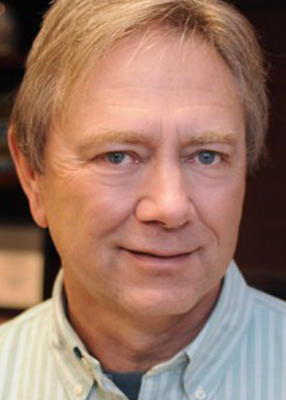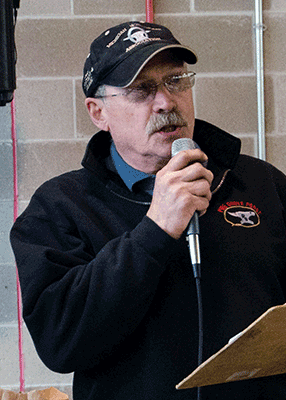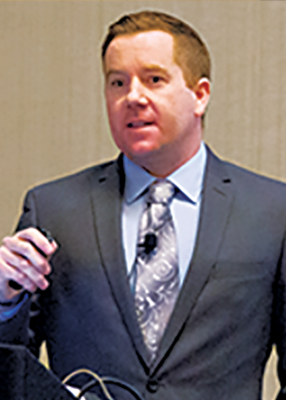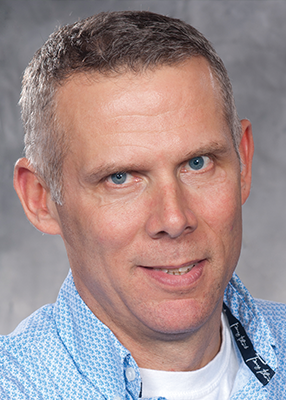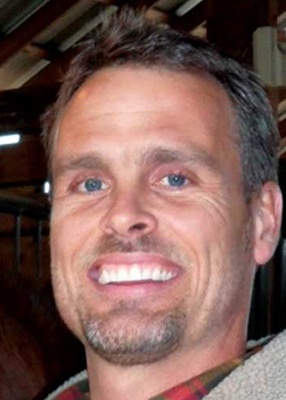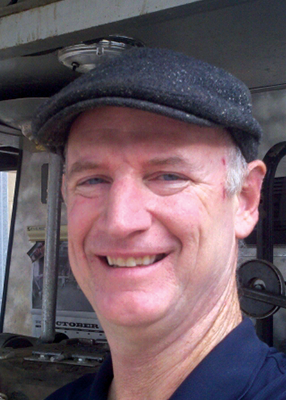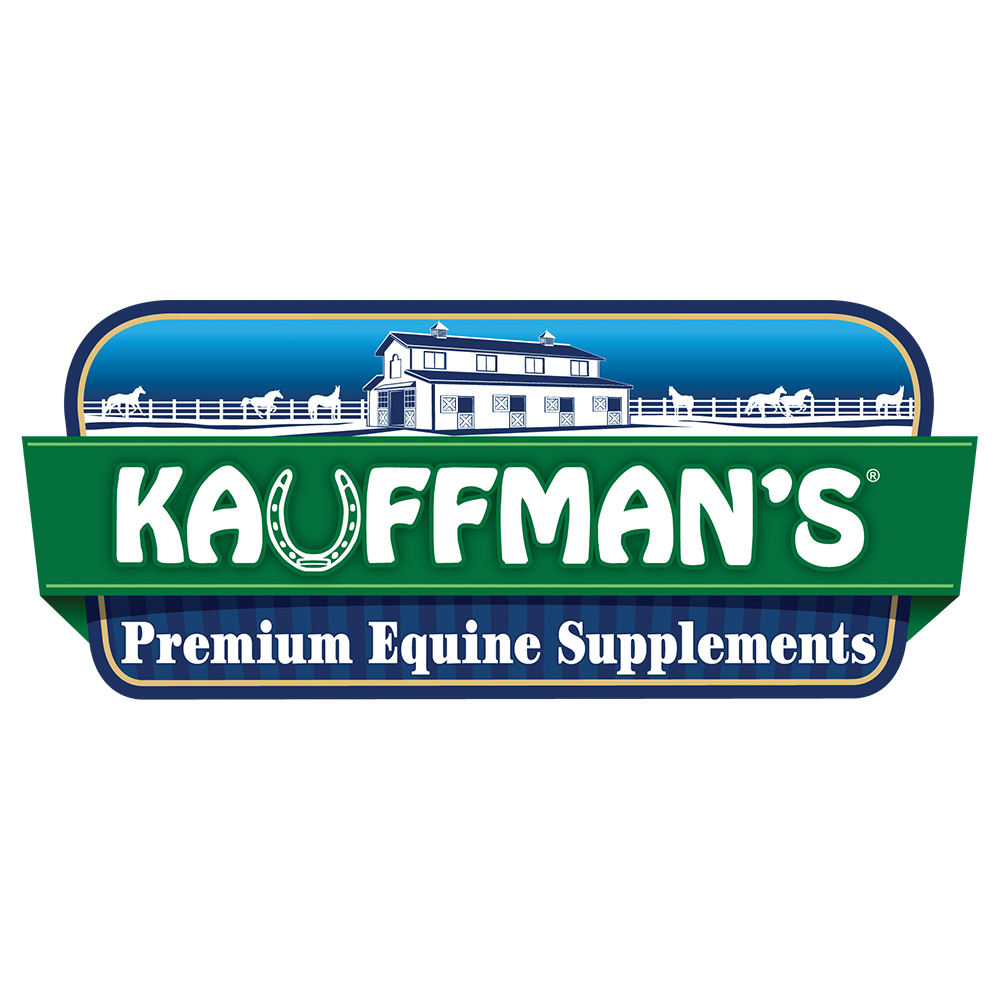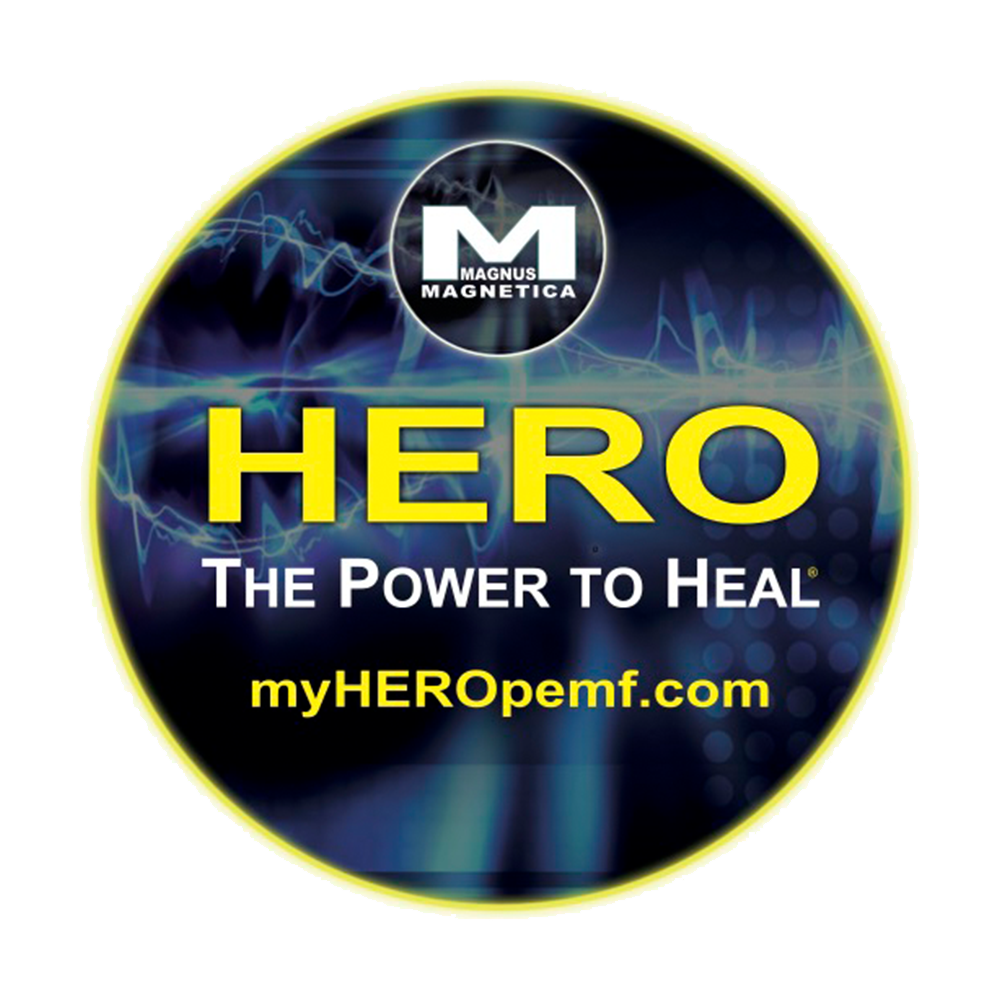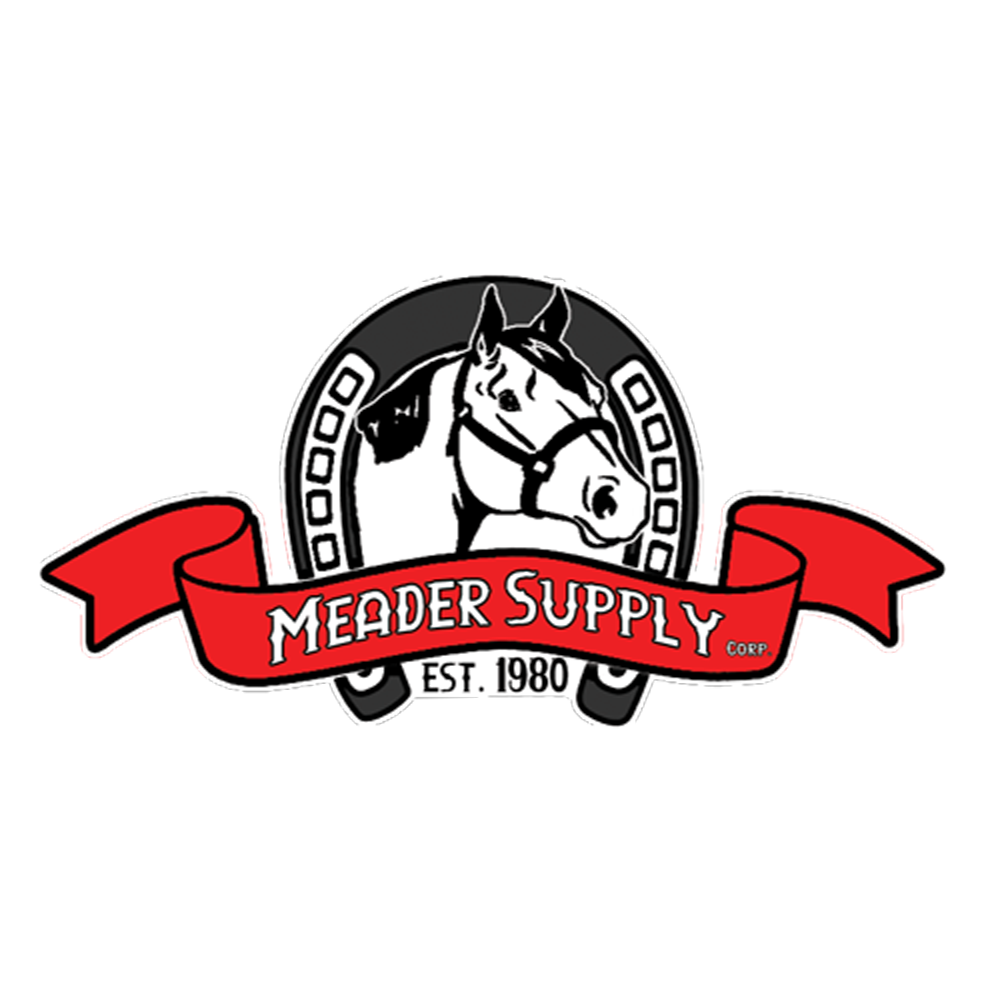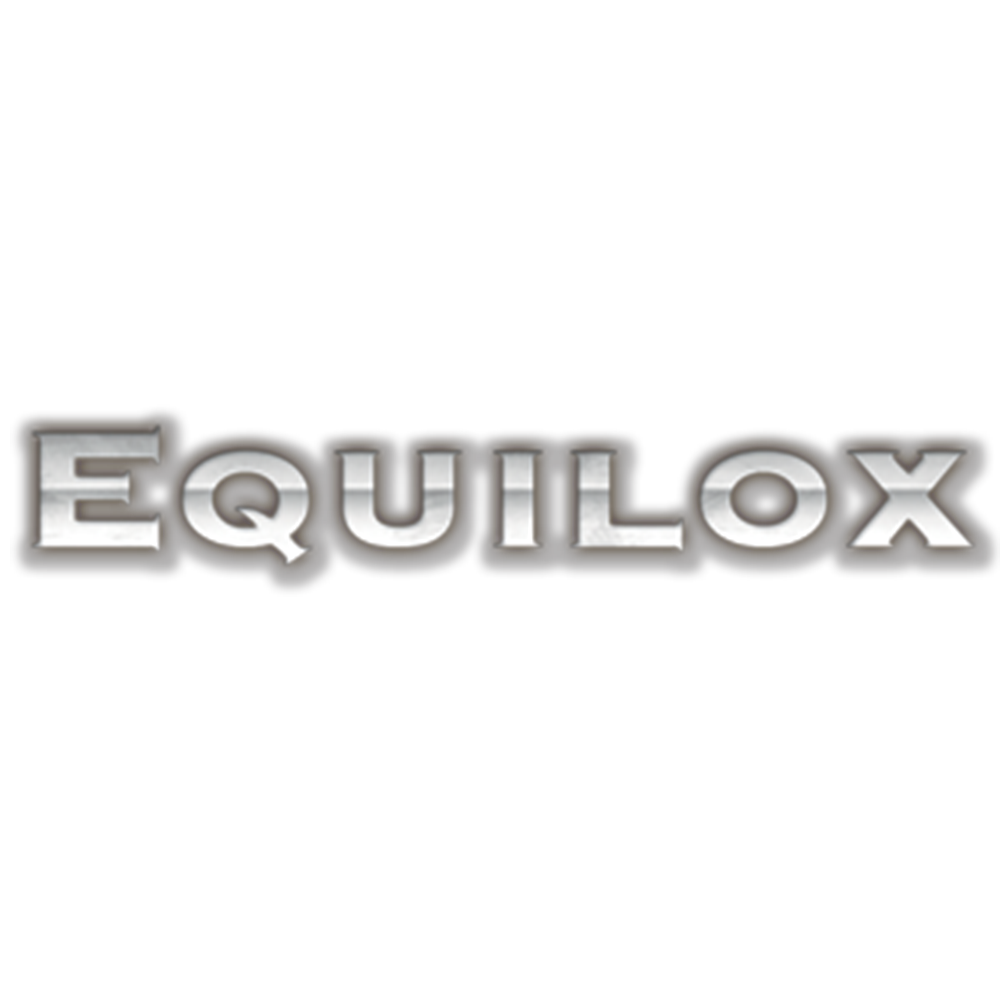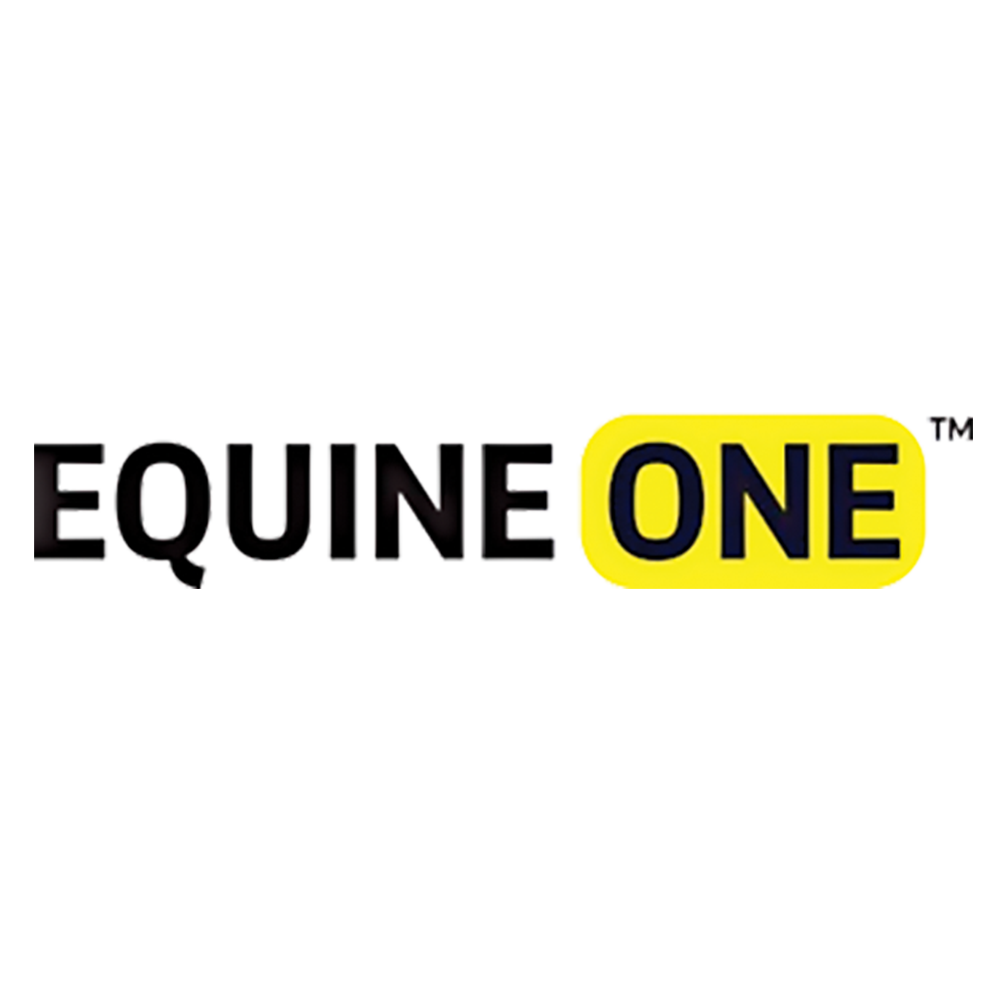Thank You For Attending the Therapeutic Shoeing Hoof-Care Classroom
|
Thank you for joining us for the first ever Therapeutic Shoeing Hoof-Care Classroom. We hope you've enjoyed these 3 days of idea sharing and have found many new approaches to managing your therapeutic cases. Even though the event officially ended, as an All-Access attendee you may continue viewing the 7 Classroom sessions and 5 bonus sessions at your convenience during the next 12 months. Review and revisit these insightful discussions at your convenience for an entire year! Please take a couple minutes to provide an honest assessment of the event and the sessions below by completing our attendee survey. As a thank you, you'll be entered into a drawing for the chance to win a $50 Visa Gift Card plus free All-Access Registration to our next online event. Take survey here. Start watching now! Simply click on a speaker photo below and the video player will pop-up on the screen. To exit a session, click outside of the video box.
|
Therapeutic Shoeing Hoof-Care Classroom Sessions
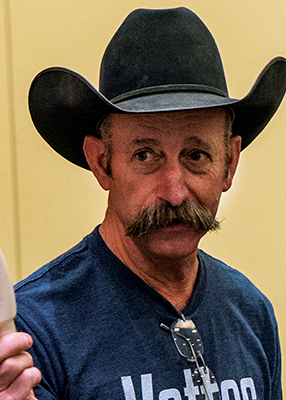
The Sole Protection or Support Mechanism
Tab Pigg
Farrier, CJF, Azle, Texas
A healthy sole is integral in helping the foot absorb concussion, as well support and protect the sensitive structures within the capsule. In this session, Tab Pigg will discuss methods for growing, rehabilitating and protecting the horse’s sole.
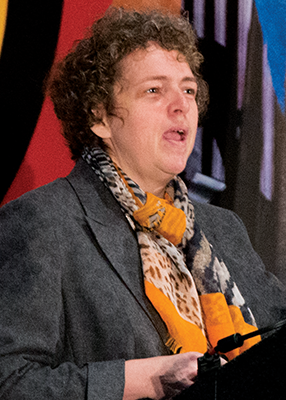
Therapeutic Shoeing is too Late?....Why Preventative Farriery/Podiatry is the Way Forward
Dr. Renate Weller
(PhD, MRCVS, FHEA), Researcher and Veterinarian, Calgary, Alberta
It is amazing what is required by equine athletes to perform their jobs. In this session, Dr. Renate Weller will discuss why what is asked of performance horses causes injuries. Rather than looking at the solutions in response to the offense, Weller advocates for being proactive and thinking first of preventative care.
Using Stem Cell Therapy to Help Horses Recover
Dr. Kim Braeutigam, Dr. Veterinary Medicine; Four Winds Equine Hospital; Saginaw County, Michigan
Dick Becker, Farrier, Lapeer, Mich.
In this session, Dr. Kim Braeutigam explains the principles of using stem cells in therapeutic cases. He'll pull from his own cases to discuss the advantages of this therapy. Farrier Dick Becker, who works with Dr. Braeutigam, gives the farrier perspective of working with a veterinarian to support these efforts..
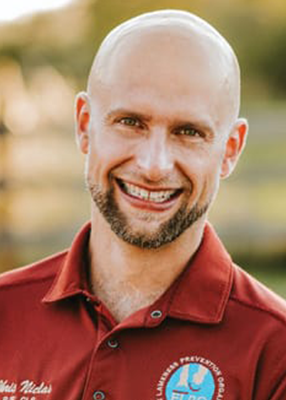
Do Not Fear Failure
Chris Niclas
Vice President of Equine Lameness Prevention Organization, RJF, CLS; Sequim, Wash.
Therapeutic cases can be intimidating, but farriers must overcome fear of failure. Chris Niclas, vice president of the Equine Lameness Prevention Organization, emphasizes the need to experiment when working on therapeutic cases. In this presentation, Niclas will discuss the importance of teamwork and how he incorporates creativity and experimentation in his therapeutic work.
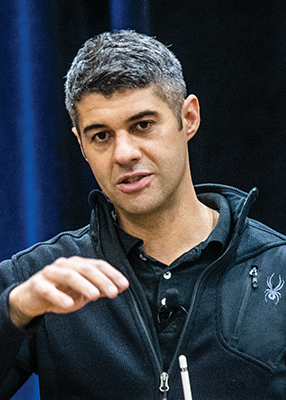
Managing Low Palmar Angles
Diego Almeida
Director of Farrier School Montana State University; AWCF, CJF (EE, FE, TE); Bozeman, Mont.
A low palmar angle can lead to lameness in a horse. In this session, Diego Almeida will review the basic anatomy description of the effected structures, morphological changes that are seen in the foot, shoeing alternatives, advantages and disadvantages of wedge, as well as a management plan.
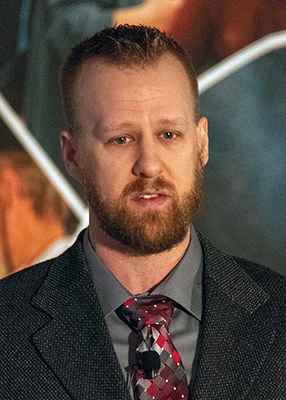
Financial Planning of Therapeutic Cases
Paul Skaggs
Farrier, Fults, Ill.
In this session, Paul Skaggs will review how to make sure therapeutic shoeing makes sense for your business model. He will apply the business principles he learned to both a practice focused on therapeutic work and one that sporadically handles these cases.
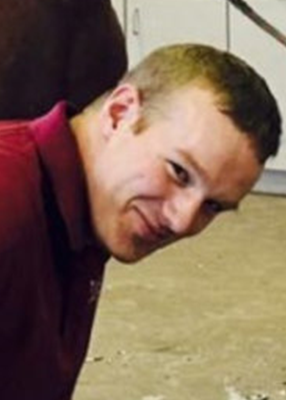
Practical Therapeutic Solutions in the Field
Dr. Craig Lesser
Dr. Veterinary Medicine, Rood and Riddle Equine Hospital; Lexington, Ky.
In this session, Craig Lesser will discuss creative solutions when presented a therapeutic situation in the field. He will pull from case histories to show these ideas.
Managing Navicular Syndrome in the Equine Athlete
Stuart Muir, CJF, APF-I, NZCEF, DipWCF, Rood & Riddle Equine Hospital, Lexington, Ky.
Tim Shannon, CJF, Vandergrift, Pa.
Dr. Bob Gristle, Equine Veterinarian, Hoschton, Ga.
Moderated by Jan Krogh, Farrier, Aabenraa, Denmark,
We listened to you and selected a topic that you told us you wanted greater insight on. Watch a replay of an exclusive live online panel discussion featuring farriers Stuart Muir and Todd Allen, and veterinarian Dr. Bob Grisel. Danish farrier Jan Krogh moderates the discussion on managing navicular syndrome in the performance horse.
Therapeutic Shoeing Hoof-Care Classroom Bonus Sessions

Increase Your Profit with Basic Shoe Modifications
Paul Skaggs
Farrier, Fults, Ill.
Skills in modifying shoes will not only improve your ability to help horses, but Fults, Ill., farrier Paul Skaggs says that using these skills decreases your expenses. In this lecture, he’ll share how using these five simple shoe modifications will help decrease inventory and increase profit margins.
But it makes more than good business sense. Honing your skill with these basic tips will help those horses with specific needs addressed by these modifications. It doesn’t matter if you are just starting out or a seasoned farrier in need of a refresher, this session will help you.
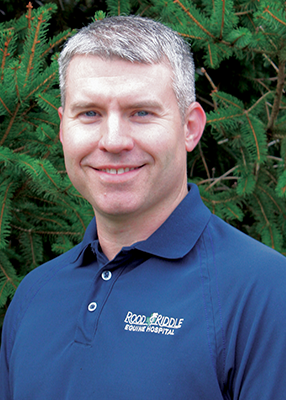
Diagnosis of and Shoeing for Soft Tissue Injuries in Western Horses
Scott Fleming
Farrier & Veterinarian, Rood &
Riddle Equine Hospital, Lexington,Ky.
There are many considerations for the farrier once a soft tissue injury is diagnosed. From his experiences as a farrier and veterinarian, Scott Fleming of Rood & Riddle Equine Hospital in Lexington, Ky., will discuss the needs of various Western disciplines once these injuries occur. There are considerations that the team needs to take when helping these athletes rehab and return to the show ring.
A Case Study for Successful Veterinarian and Farrier Teamwork
Bob Gristle, Equine Veterinarian, Hoschton, Ga.
Tim Shannon, Farrier, Moreno Valley, Calif.
There is no denying the need for veterinarians and farriers to work together for the good of the horse. So why does this relationship break down in certain cases?
In this unique presentation, equine veterinarian Bob Grisel of Hoschton, Ga., and farrier Tim Shannon of Moreno Valley Calif., will provide their key insights for working with the complementary colleague. This duo has never worked together, so they will be presented with a case history. By reviewing this case, they will discuss not only their approaches for treating a horse with a navicular issue, but also how they work with their colleague to ensure the best outcome for the horse.

Interpretations of Radiographs for Farriers
Steve O'Grady
Farrier & Veterinarian,
Keswick, Va.
Using radiographic guidance when trimming feet can be an asset to the farrier. It will also enhance communication between veterinarians and farriers. In this presentation, Keswick, Va., farrier and veterinarian Steve O’Grady will review how proper radiographs benefit the farrier.

Shoe Modifications: The Business Breakdown
Paul Skaggs
Farrier, Fults, Ill.
Earlier in his career, Paul Skaggs cold shod every horse. After developing his practice and committing to shoeing full-time, he focuses on improving his skills at the forge and anvil with his horses.
In this continuation of his first lecture, Skaggs gets into the actual numbers behind shoe modifications and their impact on your business. Doing the math on these modifications to maximize profit margins by minimizing overhead.
Thank You To Our Sponsors:
